Detailed introduction of Academy of Fine Art of Krakow:
Introduction
The Academy of Fine Arts of Krakow is the oldest academy of fine arts in Poland. It has a profound artistic heritage and a long academic tradition. It has trained many outstanding artists and has an important position in the Polish and even international art fields.
Overview
Number of students: about 1999.
Number of faculty and staff: The specific number has not been determined yet, but as a long-standing and influential academy of fine arts, it has a professional and experienced teaching team to meet the needs of teaching and scientific research.
History and establishment time
Establishment time: 1818.
Development process: The academy was originally a branch of the Faculty of Literature of Jagiellonian University, called the School of Painting. In 1873, it became an independent art school and established the main teaching building in 1879 on the present-day Matejko Square. In 1900, the school was renamed the Academy of Fine Arts in Krakow. In 1979, in memory of its founder and first president Jan Matejko, the school was officially named the Jan Matejko Academy of Fine Arts in Krakow.
School Strength
Teaching Staff: The academy has gathered many outstanding artists and scholars as teachers. They have profound attainments and rich creative experience in many art fields such as painting, sculpture, and design. They can provide professional guidance and inspiration to students and help them improve their artistic skills and creative level.
Teaching Facilities: It has complete teaching facilities, including professional painting studios, sculpture studios, design laboratories, art exhibition halls, etc., which provide students with a good learning and practice environment, allowing students to give full play to their creativity and explore and practice various art forms.
Scientific Research Results: In-depth scientific research has been carried out in art theory, art history, and artistic creation, and a series of influential scientific research results have been achieved, which has promoted the development of fine arts disciplines. The works of teachers and students of the college are often exhibited in art exhibitions at home and abroad and have received good reviews.
International Cooperation: Actively carry out international cooperation and exchange projects, establish cooperative relations with well-known art colleges around the world, carry out student exchanges, teacher visits, joint creation and other activities, provide students with a broad international perspective and exchange opportunities, and promote artistic exchanges and integration under different cultural backgrounds.
Nature of the college
Public non-profit college.
Educational philosophy
Focus on cultivating students' creativity, artistic expression and independent thinking ability, encourage students to innovate and explore on the basis of inheriting traditional art, emphasize the connection between art and society, culture, history and other aspects, cultivate students' deep understanding of art and attention to social reality, so that students can become artists with social responsibility and innovative spirit.
Key laboratories and disciplines
Key laboratories: The college has a number of professional studios and laboratories, such as painting material laboratories, sculpture production laboratories, digital media art laboratories, etc., which provide students with a platform for practice and research, and help students master the creation skills and material characteristics of different art forms.
Key disciplines: Painting, sculpture, graphic design, industrial design, interior design, art history and theory are the key disciplines of the college, covering multiple art fields from traditional art to modern design, providing students with a wealth of professional choices.
Departments
The college has the following seven departments:
Department of Painting: Focuses on the teaching and research of painting art, including oil painting, watercolor painting, sketching and other painting forms.
Department of Sculpture: Covers the teaching and practice of sculpture creation, sculpture materials and crafts.
Department of Graphic Design: Mainly involves professional fields such as graphic advertising design, book binding design, and illustration.
Department of Industrial Design: Focuses on cultivating students' abilities in product design, transportation design, etc.
Department of Interior Design: Teaches knowledge and skills such as interior space planning, decorative materials and crafts, and interior soft decoration design.
Department of Art History and Theory: Focuses on research and teaching in art history, art theory, aesthetics, etc., and cultivates students' art appreciation and theoretical analysis capabilities.
Department of Multimedia Art: Involves teaching and creation in emerging art fields such as digital media art, animation design, and photography.
Rankings
Ranked 5261st among 14,131 universities worldwide.
Ranked 1286th among 2,785 universities in Europe.
Ranked 69th among 127 universities in Poland.
Ranked 8th among 12 universities in Krakow.
Costs
Undergraduate degree: For EU/EEA students, some majors are free, and some majors may require a certain fee, but it is usually lower than that of international students; tuition fees for non-EU/EEA students are usually between 0-42,500 euros per year.
Master's degree: The tuition fees for EU/EEA students are similar to undergraduates, some are free, and some have fees; tuition fees for non-EU/EEA students are generally between 0-56,000 euros per year.
Campus
Location and environment: The campus is located in Krakow, Poland. Krakow is a famous historical and cultural city in Poland with rich cultural heritage and artistic atmosphere, providing students with endless artistic inspiration and creative materials. Museums, art galleries, historical buildings, etc. in the city have added a strong cultural heritage to students' study and life.
Campus facilities: The main teaching building of the college is located in Matejko Square. The architectural style is elegant and the internal facilities are complete. There is a library on campus, which has a rich collection of art books, picture albums, journals and other materials, providing strong support for students' study and research. In addition, there are various art studios, exhibition halls, etc., which provide space for students to display their works and exchange artistic ideas.
-

Warsaw University of Technology
-

Poznan University of Life Sciences
-

Wroclaw Medical University
-

Nicolaus Copernicus University
-
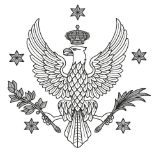
University of Warsaw
-

AGH University of Science and Technology
-

Silesian University of Technology
-
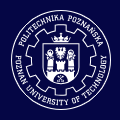
Poznan University of Technology
-

Jagiellonian University
-

Adam Mickiewicz University
-

Mesoamerican University
-

Istmo University
-
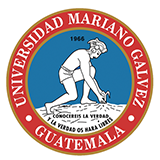
Mariano Galvez University of Guatemala
-
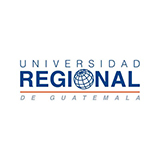
Regional University of Guatemala
-
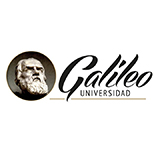
Galileo University
-
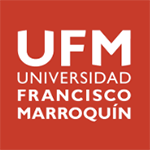
Francisco Marroquín University
-

Rafael Landívar University
-
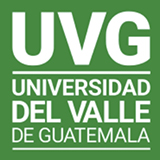
University of the Valley of Guatemala
-
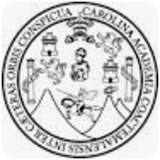
University of San Carlos of Guatemala
-

Technological Institute of Tlaxcala Plateau
-

Golfo University
-
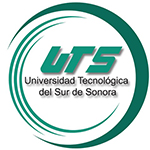
Technological University of South Sonora
-
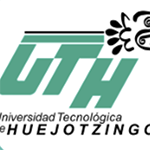
Technological University of Huejotzingo
-
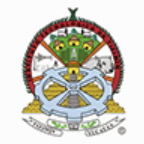
Tizimín Institute of Technology
-
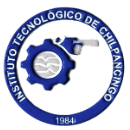
Chilpancingo Institute of Technology

